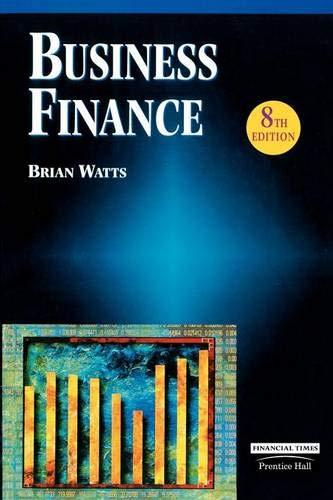
17. Here are data on three hedge funds. Each fund charges its investors an incentive fee of 20% of total returns. Suppose initially that a fund of funds (FF) manager buys equal amounts of each of these funds, and also charges its investors a 20% incentive fee. For simplicity, assume also that management fees other than incentive fees are zero for all funds. a. Compute the rate of return after incentive fees to an investor in the fund of funds. b. Suppose that instead of buying shares in each of the three hedge funds, a stand-alone (SA) hedge fund purchases the same portfolio as the three underlying funds. The total value and composition of the SA fund is therefore identical to the one that would result from aggregating the three hedge funds. Consider an investor in the SA fund. After paying 20% incentive fees, what would be the value of the investor's portfolio at the end of the year? c. Confirm that the investor's rate of return in SA is higher than in FF by an amount equal to the extra layer of fees charged by the fund of funds. d. Now suppose that the return on the portfolio held by hedge fund 3 were 30% rather than +30%. Recalculate your answers to parts (a) and (b). e. Will either FF or SA charge an incentive fee in this scenario? f. Why then does the investor in FF still do worse than the investor in SA ? 17. Here are data on three hedge funds. Each fund charges its investors an incentive fee of 20% of total returns. Suppose initially that a fund of funds (FF) manager buys equal amounts of each of these funds, and also charges its investors a 20% incentive fee. For simplicity, assume also that management fees other than incentive fees are zero for all funds. a. Compute the rate of return after incentive fees to an investor in the fund of funds. b. Suppose that instead of buying shares in each of the three hedge funds, a stand-alone (SA) hedge fund purchases the same portfolio as the three underlying funds. The total value and composition of the SA fund is therefore identical to the one that would result from aggregating the three hedge funds. Consider an investor in the SA fund. After paying 20% incentive fees, what would be the value of the investor's portfolio at the end of the year? c. Confirm that the investor's rate of return in SA is higher than in FF by an amount equal to the extra layer of fees charged by the fund of funds. d. Now suppose that the return on the portfolio held by hedge fund 3 were 30% rather than +30%. Recalculate your answers to parts (a) and (b). e. Will either FF or SA charge an incentive fee in this scenario? f. Why then does the investor in FF still do worse than the investor in SA







